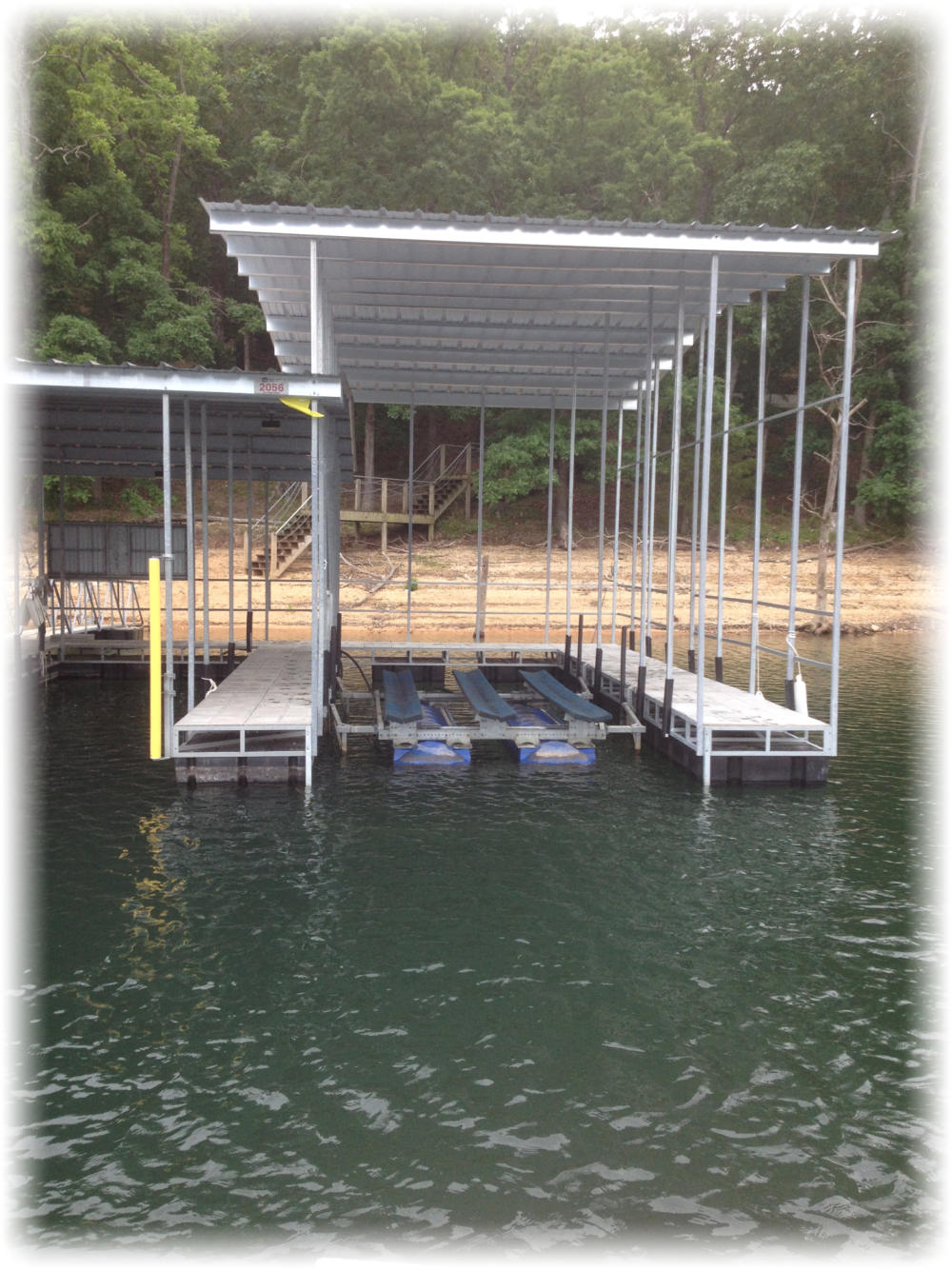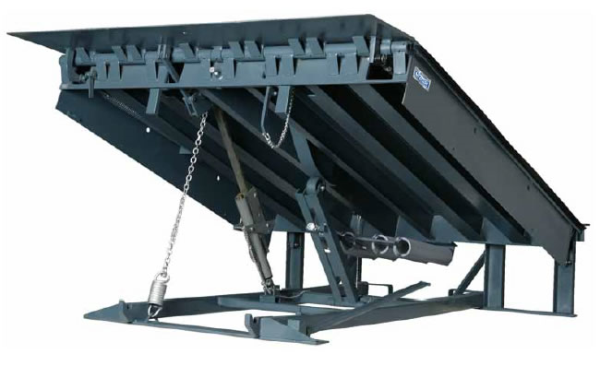DIY Tips for Simple Dock Repairs You Can Handle
Wiki Article
Reliable Dock Repair Service Techniques: Ensuring Structural Honesty
Ensuring the architectural stability of anchors via effective fixing methods is critical for the long life and safety of marine centers. Subsequently, selecting the best repair work products, such as corrosion-resistant alloys and composite products, is important for longevity.Assessing Dock Damages
Analyzing dock damage is a crucial first action in making sure the structural honesty and security of any docking facility. This first analysis includes a detailed assessment to recognize both noticeable and covert damages. Secret facets to examine include the dock's foundation, pilings, decking, and hardware. Each element needs to be scrutinized for indicators of wear, rot, deterioration, or other forms of degradation that might jeopardize the structural honesty.Architectural engineers or qualified inspectors usually do these analyses using specialized methods and devices. For example, undersea examinations could utilize sonar equipment or from another location operated cars (ROVs) to spot immersed damage. Above water, visual assessments are matched by utilizing wetness meters and other diagnostic tools to uncover underlying issues not immediately noticeable to the naked eye.

Deciding On Repair Service Products
Choosing the appropriate repair work materials is a pivotal action in the dock repair process, one that straight affects the durability and efficiency of the fixed structure. Material option need to be driven by factors such as ecological problems, load-bearing requirements, and compatibility with existing dock parts. For instance, wood is a typical selection for docks because of its all-natural strength and visual allure. Nevertheless, picking the right sort of timber, such as pressure-treated lumber or naturally rot-resistant types like cedar or teak, is essential to withstand aquatic environments.In enhancement to timber, composite products are progressively preferred because of their longevity and low maintenance requirements. Compounds, typically made from a mix of plastic and timber fibers, supply exceptional resistance to rot, bugs, and UV damages. For metal docks, picking corrosion-resistant alloys such as galvanized steel or marine-grade aluminum is important to prevent rust and make sure architectural honesty in saline water problems.
Epoxy resins and marine-grade sealants are important for fixing splits and sealing joints, providing a water-proof barrier and boosting the dock's overall toughness. By carefully choosing high-quality products, dock repair services can achieve long-lasting results, therefore protecting versus future deterioration and ensuring secure, dependable usage.
Architectural Reinforcement Techniques
Efficient structural reinforcement methods are important in guaranteeing the stability and longevity of dock repair work. This technique is particularly reliable for anchors subjected to heavy lots or severe environmental conditions.One more important method is the application of fiber-reinforced polymers (FRP) These materials offer high strength-to-weight proportions and outstanding resistance to corrosion, making them optimal for enhancing concrete or wood docks. FRP can be used in strips or sheets and bound with epoxy materials to improve architectural stability.
Bracing and securing systems also play a critical role look at this now in architectural reinforcement. Cross-bracing, utilizing metal or wood beams, can combat side forces, lowering guiding and activity. Anchoring systems, such as helical piers or driven piles, offer a secure structure by transferring loads to much deeper, extra stable soil layers.
Last but not least, the assimilation of load-distribution plates can help distribute weight a lot more evenly throughout the dock's surface area, reducing local stress points. These techniques collectively make sure that docks stay risk-free and robust, with the ability of standing up to the rigors of their functional setting.
Advanced Repair Service Techniques

An additional innovative technique involves undersea welding, which permits repairs to be conducted without the need to dewater the area. This method is particularly useful for resolving architectural concerns in immersed dock elements, making sure very little interruption to operations. Enhanced welding techniques, coupled with robot systems, supply accuracy and dependability, thus extending the lifespan of the dock.
In addition, cathodic defense systems are applied to stop deterioration in metallic dock structures. By utilizing sacrificial anodes or satisfied present systems, these methods effectively mitigate the electrochemical procedures that cause material deterioration.
Last but not least, progressed tracking technologies, such as architectural health and wellness monitoring (SHM) systems, give real-time data on the problem of dock frameworks. These systems allow proactive upkeep and timely interventions, ultimately ensuring the long-term architectural integrity of the dock.
Upkeep and Avoidance
Maintenance and avoidance are essential concepts that underpin the long life and security of dock structures. Normal assessments are paramount, enabling very early discovery of wear and tear, possible weaknesses, and environmental influences. A proactive approach, including routine look this website for deterioration, rot, and structural changes, minimizes costly repairs and lengthens the dock's operational life.Preventive why not look here procedures should consist of applying safety coatings to metal parts to safeguard against corrosion and utilizing treated timber to resist decay. Furthermore, making sure proper drain and ventilation can stop water accumulation, which is a typical reason of architectural deterioration. Incorporating high quality products and adhering to producer guidelines throughout building and construction and repair service stages likewise play vital functions in boosting longevity.

Training workers in dock maintenance best methods guarantees constant application of safety nets. Leveraging technical breakthroughs, such as drones for inspections and sensing units for real-time monitoring, can better enhance maintenance efforts. By prioritizing upkeep and avoidance, dock owners can make sure structural honesty, functional safety and security, and affordable management over the dock's lifespan.
Verdict
In verdict, keeping the architectural stability of aquatic facilities requires thorough dock repair work strategies. Advanced repair service strategies, coupled with routine maintenance techniques, ensure the dock stays risk-free and functional under diverse environmental conditions.Making certain the architectural honesty of anchors via effective repair techniques is critical for the long life and safety and security of marine facilities.Choosing the suitable fixing materials is a pivotal action in the dock reconstruction process, one that straight affects the longevity and performance of the fixed framework.Reliable structural support techniques are critical in ensuring the security and longevity of dock repairs. By focusing on maintenance and prevention, dock owners can make sure architectural integrity, functional safety and security, and affordable monitoring over the dock's life-span.
In verdict, preserving the structural integrity of aquatic facilities necessitates comprehensive dock fixing methods.
Report this wiki page